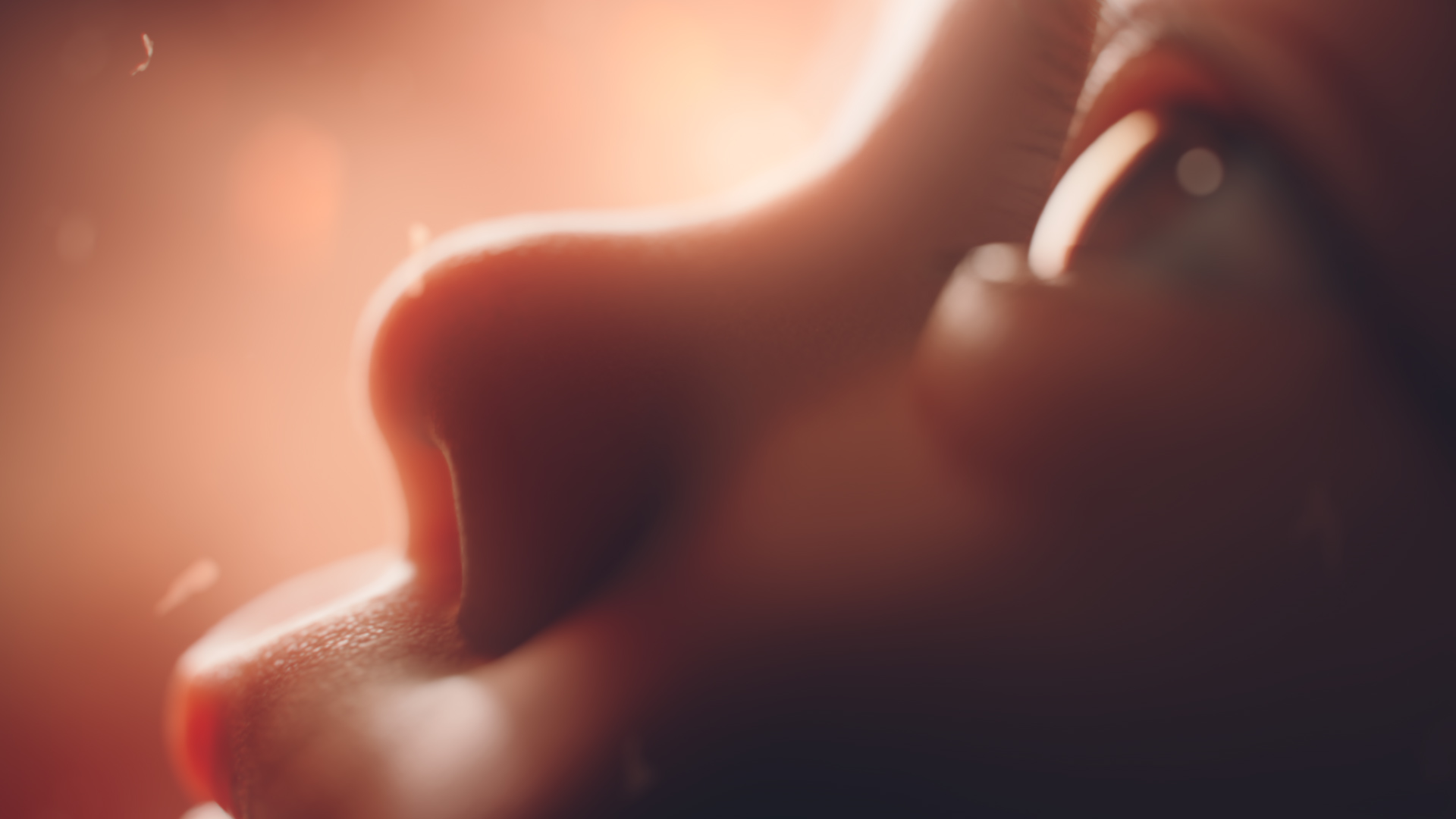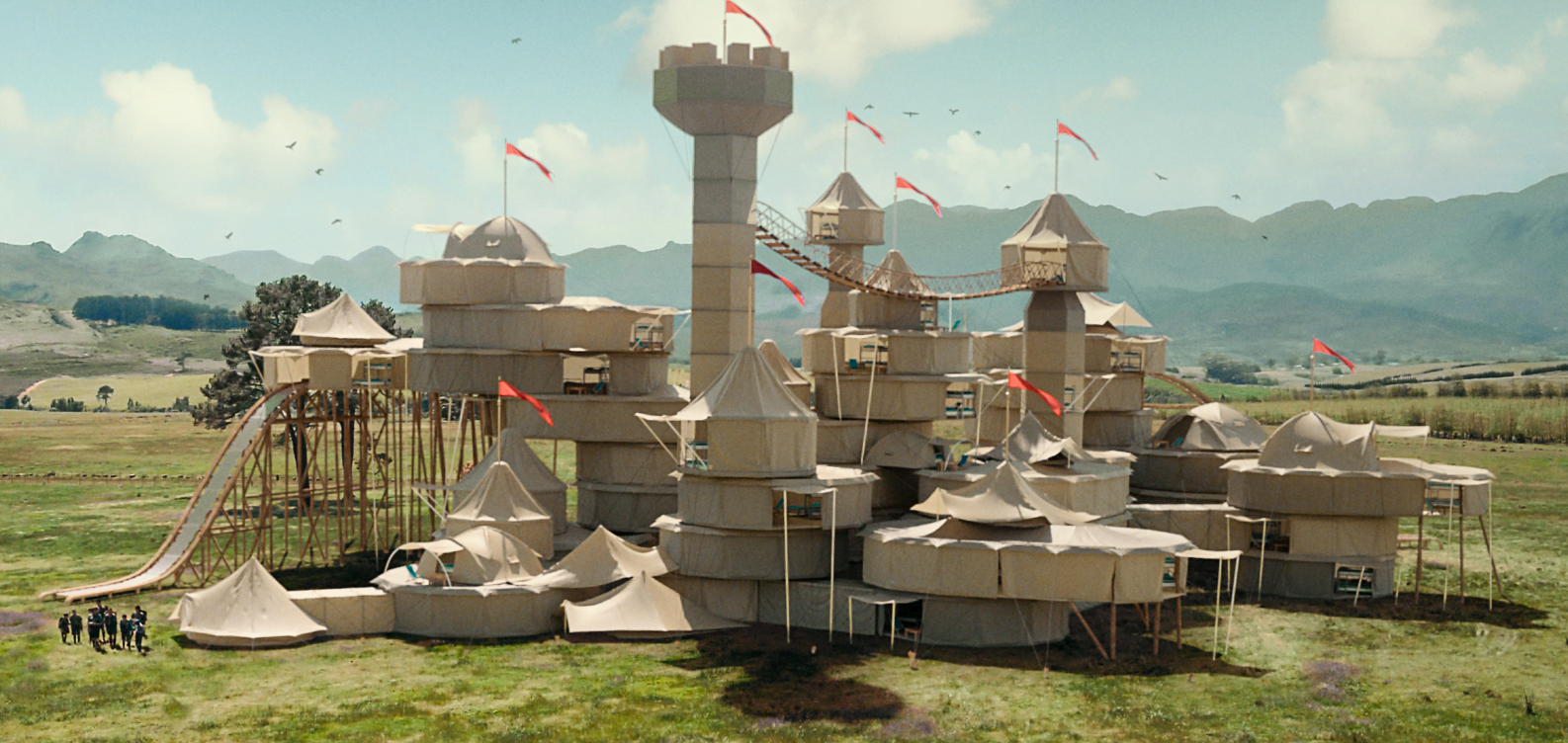Baby
- Live Action
- Colour Grading
- Music
- Sound Design
- Visual Effects & 3D
Creating photoreal humans is arguably the biggest VFX challenge you can have. Add a womb interior and a political call to action, and you’ve got yourself a solid creative brief.
To encourage voting ahead of the Netherland’s general elections, Partij van de Arbeid (PvdA) and creative agency N=5 wanted to look towards opportunities for the future. And so, after some creative exploration of new techniques in motion capture and VFX, our PvdA baby was born.
Read our full interview with 3D Artist magazine below.
Crafting a photoreal baby in CG
Creative production studio Ambassadors took on the challenge of creating a convincing CG baby and womb interior within the confines of a 40-second TV spot. “This project for Dutch political party Partij van de Arbeid came to us from our long-time friends at N=5. They developed a concept for a film about an unborn baby that is contemplating life and its future,” reveals creative director Vincent Lammers. The team at Ambassadors were tasked with telling a compelling story with just one character, in one tiny environment.
The team were incredibly conscious that adapting this script could land them squarely in the uncanny valley. “The CG team love to keep on top of developments in feature VFX,” head of 3D Will Jeffers explains. “The human face is so infinitely detailed and full of subtleties, particularly in movement, and we relished the opportunity to test out some high-end techniques.”
Jeffers and the team were inspired by some of Hollywood’s most forward-thinking VFX. “Reading about how Digital Domain textured Thanos led to us using Texturing XYZ multi-channel micro displacements for the Mari bump and displacement texturing,” says Jeffers. “The work that Image Engine did on the Logan digi-double gave us some great ideas for the Yeti groom and eye shading.”
Despite the enjoyable process of testing the latest cutting-edge techniques, the team remained conscious of the complex technical rabbit hole that photoreal digital humans present. “We were aware from the start that if the character started getting creepy we would push it towards cuteness,” adds Jeffers. “It was most important to us and the client that the baby could tell the story and give a relatable performance.”
The baby’s facial rig is a FACS-based setup; having seen Kite & Lightning’s talk on real-time facial capture at Siggraph, Ambassadors were keen to try these techniques on their CG baby. “It quickly became apparent that this approach wasn’t capturing the subtleties we wanted for the pared-down performance of the spot,” Jeffers continues. “Our animator/technical on this project, Ralph Meijer, grabbed the trial version of Faceware and ran the footage we capture on the iPhone through the analyser and retargeted it to our rig. The results were great and this set the foundation of the performance.”
Lead creative on the project, Asli Zeren, was cast as the facial capture talent. “She knew exactly which emotions and facial expressions were needed for each shot,” says Lammers. “These kinds of projects tick all the boxes for us, he adds, “It has the technical creative challenges and requires all of us to collaborate extensively to achieve the best possible quality.”
Navigating the uncanny valley
According to Will Jeffers, the best way of steering clear of the uncanny valley is to constantly experiment and try new techniques. “The field of CG humans is always developing,” he adds. “It’s exciting to check out some of the amazing research that is being done in the field.” There is an assumption among 3D artists that human CG requires a big budget and infinite resources, however that’s no longer the case. “The technology is developing rapidly,” adds Jeffers. “There’s a lot of tools you can use to experiment.”

